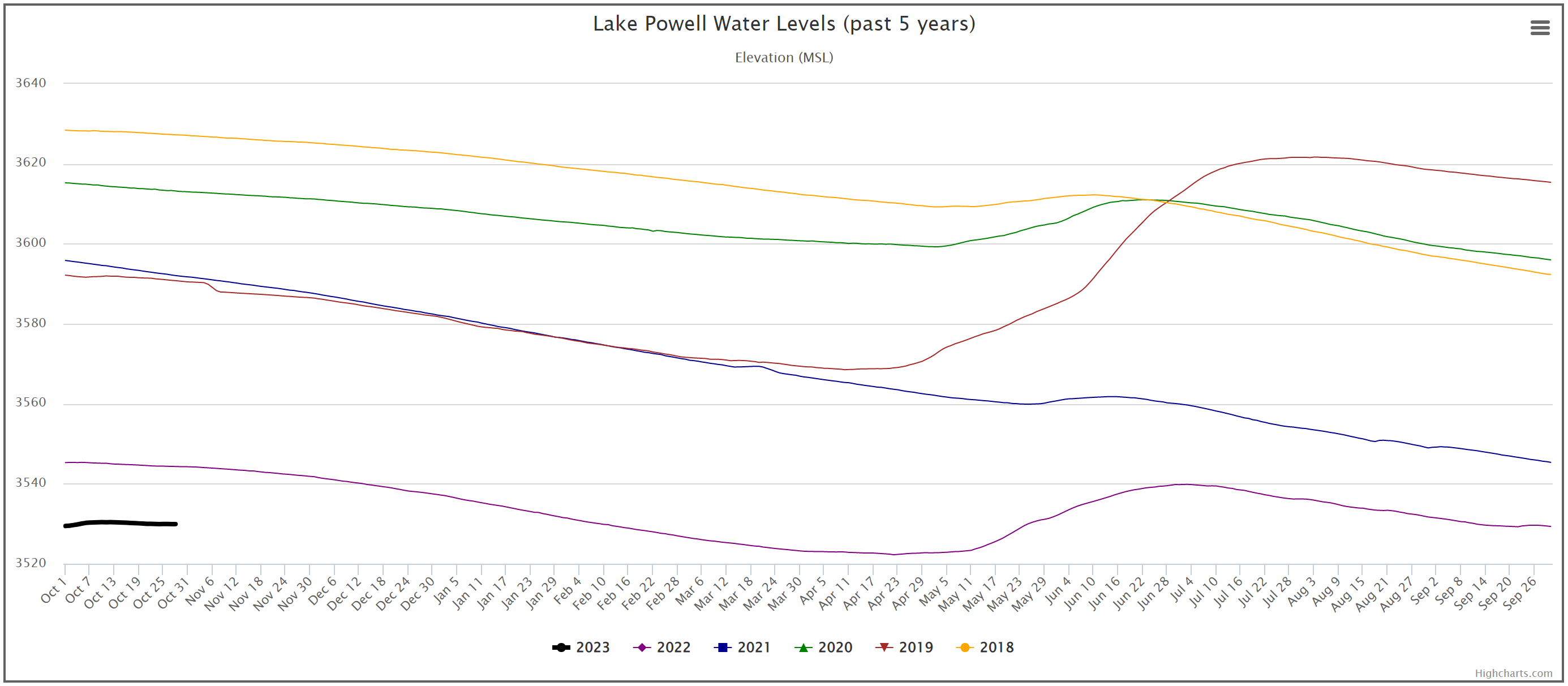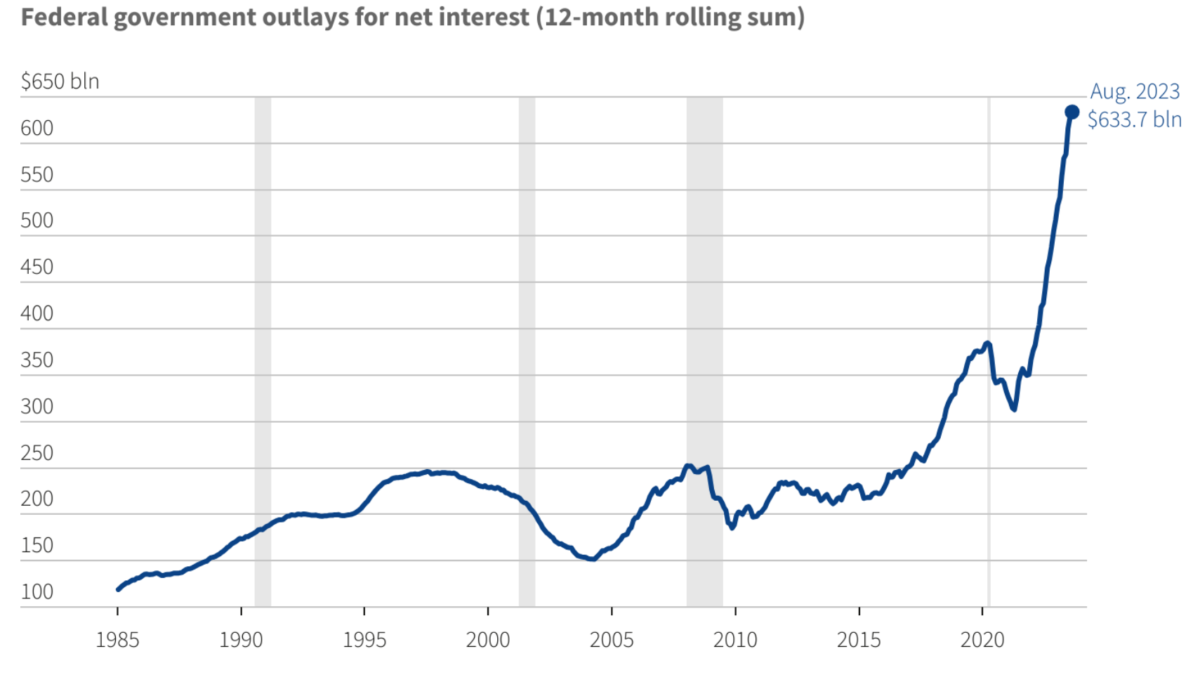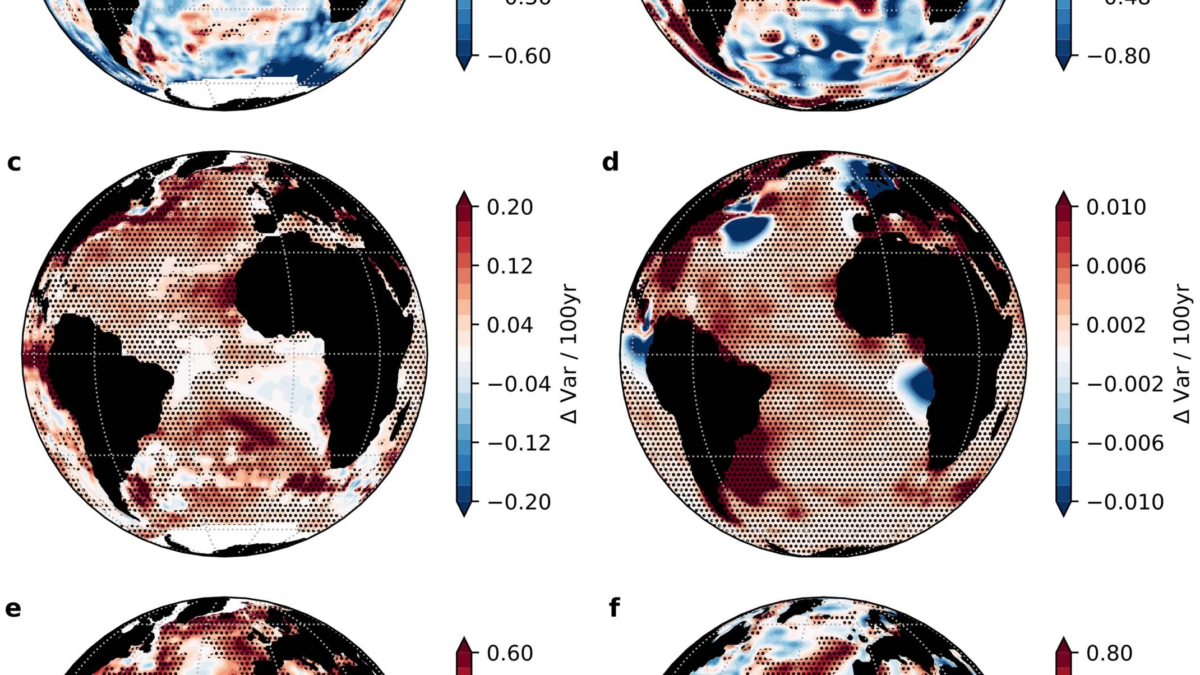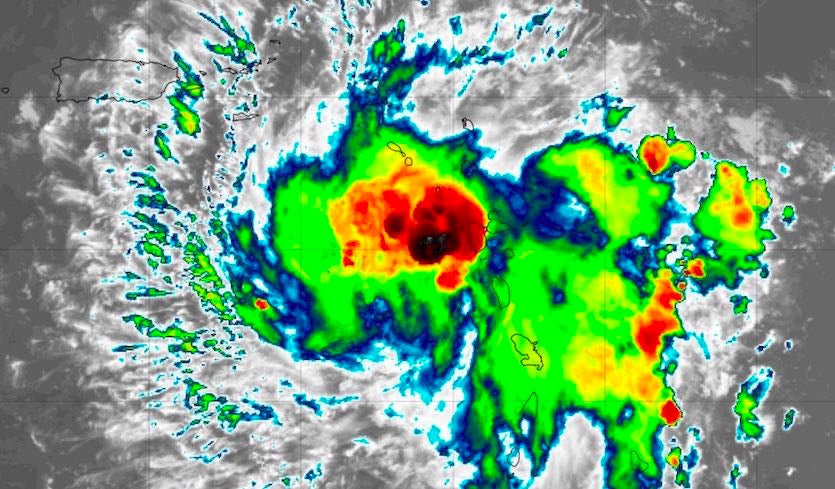New push to shore up shrinking Colorado River could reduce water flow to California – “We are in a dire situation. Every water user, every water use sector, every state has to reduce their water use.”
By Ian James
28 October 2022
(Los Angeles Times) – With the nation’s two largest reservoirs continuing to decline, federal officials announced plans Friday to revise their current rules for dealing with Colorado River shortages and pursue a new agreement to achieve larger reductions in water use throughout the Southwest.
The Biden administration announcement represents a renewed push to scale back water use along a river that has shrunk significantly in the face of a 23-year megadrought worsened by global warming.
With water levels dropping at Lake Powell, the Interior Department said operators of Glen Canyon Dam may need to release less water, which would affect flows in the Grand Canyon and accelerate the decline of Lake Mead. In order to protect public health and safety and the integrity of the system, the department said releases from Hoover Dam may also need to be reduced — which would shrink the amounts of water flowing to California, Arizona and Mexico.
Federal officials in June called for the seven states that rely on the Colorado River to come up with plans to drastically reduce annual water diversions by about 15% to 25% regionwide. But negotiations among the states grew tense and acrimonious and didn’t produce a deal.
The Interior Department has the authority to step in and unilaterally impose larger cuts. But federal officials appear to be pushing for a consensus on shrinking the water take from the river rather than dictating reductions in ways that could further inflame tensions or lead to legal fights. This approach increases the pressure on the states to come up with a deal in the coming months or face federal intervention.
“The Interior Department continues to pursue a collaborative and consensus-based approach to addressing the drought crisis afflicting the West,” Interior Secretary Deb Haaland said in a news release. “At the same time, we are committed to taking prompt and decisive action necessary to protect the Colorado River System and all those who depend on it.”
Water from the Colorado River is used by about 40 million people, flowing to cities, farmlands and tribal nations from the Rocky Mountains to Southern California. The river has long been overallocated. So much water is diverted that the river’s delta in Mexico largely dried up decades ago.
Lake Mead and Lake Powell, the river’s two largest reservoirs, now sit nearly three-fourths empty. Declining water levels are putting the dams’ ability to generate hydropower at risk.
Without major cuts in water use, the latest projections show growing risks of the reservoirs approaching “dead pool” levels, where water would no longer pass downstream.
The current system for dealing with shortages was established in operating rules dating to 2007, and a 2019 deal laid out a series of additional cutbacks as Lake Mead’s level declines.
The federal Bureau of Reclamation said it will publish a notice to prepare a “supplemental environmental impact statement,” which will include proposed alternatives for revising the 2007 rules. Those rules, called the interim guidelines, are set to expire after 2026, and negotiations on the next round of shortage-sharing rules have yet to begin.
The Interior Department said in this “expedited” review process, officials will consider revising the current rules to “provide additional alternatives and measures needed to address the likelihood of continued low-runoff conditions.”
The Bureau of Reclamation plans to analyze options including what it calls a possible consensus-based “framework” agreement that would build on water reductions that the states and tribes have previously agreed to.
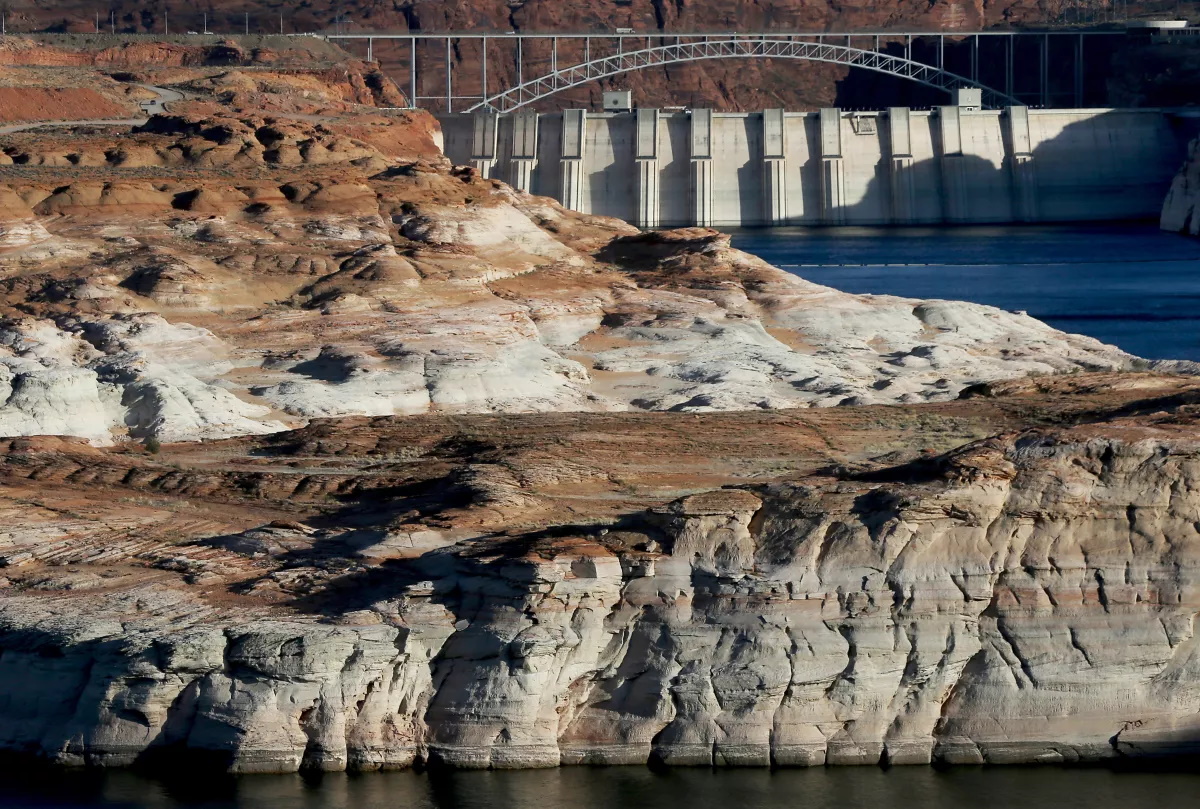
Another alternative would be for the Interior secretary to exercise federal authority to change reservoir operations. The Interior Department said this alternative would also “consider how the secretary’s authority could complement a consensus-based alternative that may not sufficiently mitigate current and projected risks.”
The department said the review will also consider the “no action” option of staying with the current rules and agreements. The agency will accept public input through Dec. 20.
Reclamation Commissioner Camille Calimlim Touton said these steps are necessary “to protect the Colorado River System and stabilize rapidly declining reservoir storage elevations.”
Touton said these measures will better protect reservoir levels and water supplies while long-term plans are developed to address “the climate-driven realities facing the Colorado River Basin.”
Scientists have estimated that about half the decrease in the river’s flow since 2000 has been caused by unprecedented warming. This heat-driven contraction of the water supply is projected to worsen as temperatures continue to climb.
Scientists have warned that the West is undergoing climate-driven aridification and will have to adapt to hotter, drier conditions.
The Bureau of Reclamation is sending a signal to the states “that this is kind of their last opportunity for consensus-building, for voluntary action,” said Jaime Garcia, a water fellow at the University of Colorado Law School’s Getches-Wilkinson Center.
Garcia said federal officials seem to be “covering their bases, building the paper trail for what I think is inevitable litigation” — touting their ability to act unilaterally to protect the system while also giving states, water agencies and others an opportunity to try to reach a deal.
“The fundamental issue is, whatever solution people come up with is going to hurt,” Garcia said. “The river is overallocated. It’s drying up. And we have to find a way to sort of spread out the pain evenly.”
Negotiations among the states over additional cutbacks have been rife with tension and finger-pointing. In one of the latest barbs, Arizona Sen. Mark Kelly urged the federal government to withhold money for environmental projects at the Salton Sea until California, which uses the largest share of the river, commits to larger reductions.
Nevada and other states have urged the federal government to start including evaporation losses in the water accounting for states in the river’s Lower Basin, which would translate into large water reductions for California and Arizona.
Tribes, which have rights to roughly one-fourth of the river’s average supply, have also been pushing to have more of a say in talks among states and the federal government where they have long been largely excluded.
The Interior Department has $4 billion available in drought mitigation funding from the newly passed Inflation Reduction Act. Some of that money is expected to go toward paying farmers and others to forgo some of their water to boost reservoir levels.
As the reservoirs continue to decline, federal water managers realize that the 2026 deadline for negotiating new rules is too far ahead and that action is needed now, said Kyle Roerink, executive director of the Great Basin Water Network.
“This is a way to nicely, and within the confines of the law, spell out how painful of a process the federal government can impose on the states — rather than issuing an emergency declaration,” Roerink said.
He said this sets up a framework for all parties to participate, while potential litigation remains in the background.
“They’re putting all their cards on the table,” Roerink said, and sending a clear message to the states: “Either get on board or sue us.”
He added that it’s a way to deal with the “antiquated plumbing issues” at Glen Canyon Dam, where federal water managers have acknowledged that if Lake Powell drops below its minimum level for producing power, they are unsure how the dam’s infrastructure — in particular its four 8-foot-wide outlet pipes — would fare at those levels.
“This will likely be an effort to legitimize storing more water in the Upper Basin to prop up a dam that should have never been built in the first place,” Roerink said. “Time is of the essence. This is better late than never. But it might be too little too late.”
The latest forecast indicates La Niña patterns will most likely persist this winter, bringing conditions that often produce dry weather in the Southwest.
“We are in a dire situation,” said Tom Buschatzke, director of the Arizona Department of Water Resources. “I think regionwide every water user, every water use sector, every state has to reduce their water use.”
Arizona is already preparing for a 21% reduction in its Colorado River supplies next year, and farmers in parts of the state have been forced to leave fields dry and unplanted. [more]
New push to shore up shrinking Colorado River could reduce water flow to California

